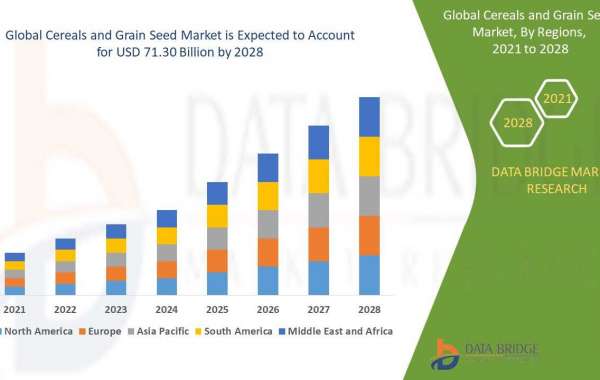In today’s digital age, having an aesthetically pleasing and functional food website design is essential for standing out in the culinary world. Whether you’re a restaurant owner, food blogger, or e-commerce business selling gourmet products, your website is your virtual storefront. A well-designed site not only attracts visitors but also converts them into loyal customers. Here's a guide to creating a food website design that captures the essence of your brand and tantalizes the taste buds of online users.
Understand Your Target Audience
The first step in creating an effective food website is understanding who you’re designing for. Are your visitors food enthusiasts, casual diners, or health-conscious consumers? Knowing your audience helps you choose the right design elements, from color schemes to navigation styles, ensuring your site resonates with your intended demographic.
For instance, a luxury restaurant might opt for a minimalist design with elegant typography, while a vibrant food blog catering to millennials might use bold colors and playful visuals.
Focus on Visual Appeal
Food is an inherently visual experience, and your website should reflect this. High-quality images of dishes, ingredients, and culinary experiences are non-negotiable. Use a mix of professional photography and creative layouts to highlight your offerings.
Interactive features such as hover effects on images, parallax scrolling, or video backgrounds can add a modern touch and engage users further. However, ensure these elements don’t compromise the site's loading speed, as slow websites can deter potential customers.
Prioritize User-Friendly Navigation
Simplicity is key when designing a food website. Visitors should easily find what they’re looking for, whether it’s your menu, recipes, or contact details. Intuitive navigation bars, categorized sections, and a prominent search function make browsing effortless.
For restaurants, including a "Reserve a Table" button or an online ordering system on the homepage can significantly enhance user experience. Similarly, e-commerce sites should have a straightforward shopping cart system and clearly displayed product categories.
Integrate a Responsive Design
With mobile users making up a significant portion of web traffic, a responsive design is critical. Ensure your website adapts seamlessly to different screen sizes, from smartphones to tablets. Responsive designs not only improve user experience but also boost your site’s search engine rankings, as mobile-friendliness is a key ranking factor.
Incorporate Branding Elements
Your website should be a direct extension of your brand. Use consistent color schemes, typography, and logos that reflect your brand’s personality. A bakery might use warm, pastel tones to convey a cozy feel, while a trendy café could incorporate bold, urban design elements.
Additionally, storytelling plays a powerful role in Food Photography for Restaurants. Share your story, mission, or behind-the-scenes content to connect with visitors on a personal level.
Optimize for SEO
An attractive design is only effective if people can find your website. Incorporate food-related keywords, such as “gourmet dining,” “easy recipes,” or “organic ingredients,” to improve visibility on search engines. Use descriptive alt tags for images, craft compelling meta descriptions, and ensure fast loading speeds for better SEO performance.
Encourage Engagement
Lastly, your website should encourage interaction. Include features like customer reviews, comment sections, or social media integrations. A food blog could allow readers to rate recipes, while a restaurant website might display user-generated content from social media.
To get a more comprehensive understanding, check out










